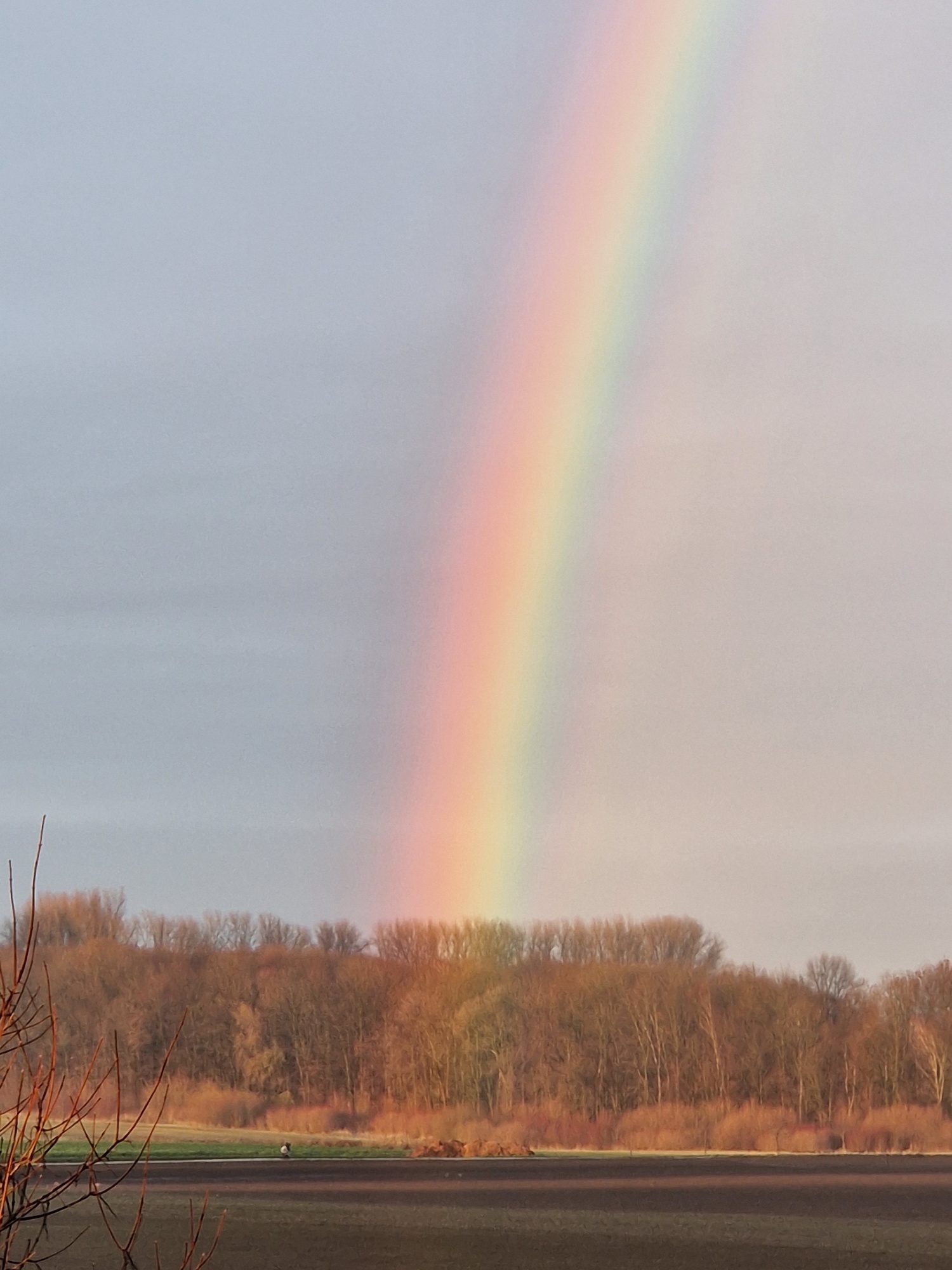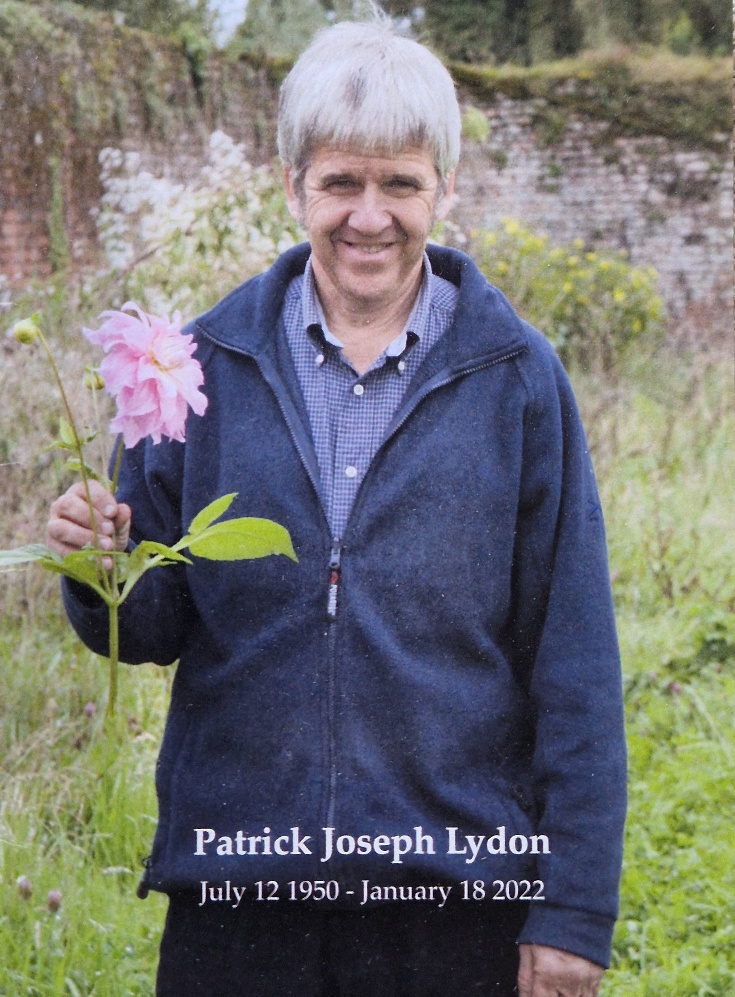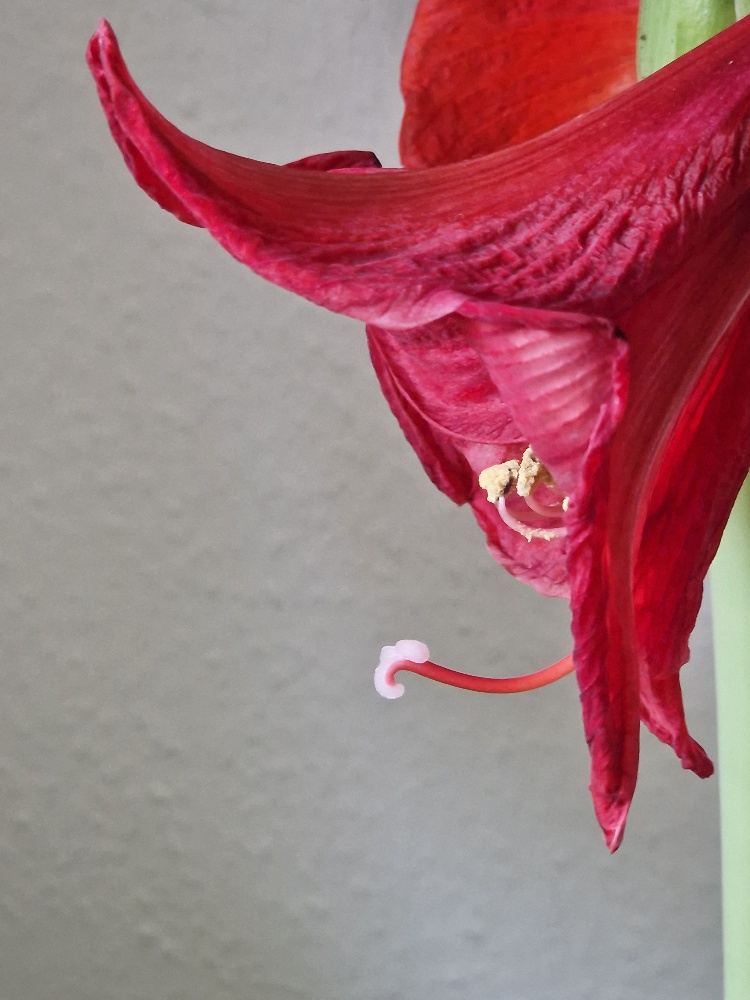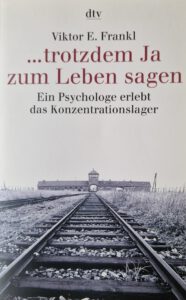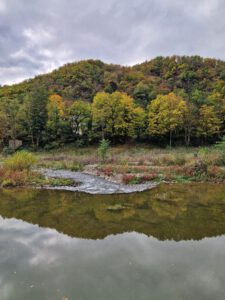“This is the true joy in life, being used for a purpose recognised by yourself as a mighty one. Being a force of nature instead of a feverish, selfish little clod of ailments and grievances, complaining that the world will not devote itself to making you happy. I am of the opinion that my life belongs to the whole community and as long as I live, it is my privilege to do for it what I can. I want to be thoroughly used up when I die, for the harder I work, the more I live. I rejoice in life for its own sake. Life is no brief candle to me. It is a sort of splendid torch which I have got hold of for the moment and I want to make it burn as brightly as possible before handing it on to future generations.”
George Bernard Shaw
I want to go out like a comet.
Eoin
You just have to determine to settle for nothing less than being fully alive, to show up, be who you are, and share your gifts.
Gabrielle Roth
In a recent conversation, a newly made acquaintance asked what I did for a living. The answer was Transformation Coaching, for people who have lost their way in life.
“In what way?”
“It is different in each individual case.”
“What brought you to this field of work?”
“I lost my way.”
“What did that look like?”
“The immediate manifestation was substance addiction.”
“So, you’re an alcoholic?”
“Yes, thankfully now in recovery….”
It was a refreshing conversation, especially considering it took place in the frenzied energy field of one of Cologne’s best known rave clubs at three o clock in the morning.
This setting provided me great opportunities to intercept my Judge Saboteur again and again, as people who had obviously ingested various combinations of psychotropic and other drugs shuffled from the bars to the dance floors and back again. It is easy to forget how I once stumbled through such venues on weekend nights having, after a hard week’s work, told myself that my reward was now due.
When it comes to addiction, some people hit bottom because the body gives out. In my case it was the soul. Active addiction is a very lonely station. Being estranged from others can be debilitating. Being estranged from oneself became, for me, unbearable. For some of us, it can be potentially lethal.
In the summer of 2003, my soul ached so much that a change had to come. Like when the apple falls from the branch in the late August sunshine, the time was ripe.
I showed up in the fellowship of AA, “a feverish, selfish little clod of ailments and grievances, complaining that the world would not devote itself to making me happy”in those incisive words of George Bernard Shaw.
To my surprise, AA was full of people of purpose. Many of these people, in recovery longer than me, had received the gifts of abstinence, even sobriety, which they then eagerly passed on to the next folks who wanted them. This is the basis of mutual recovery in AA.
We recognise we have a common problem and place priority on our common welfare in solving that problem. It is as simple as it sounds. It really works. The concept can be applied to any problem, even the general challenges of the human condition, enabling us to grow in Emotional Sobriety.
In practice, recovery takes the form of regular meetings, working with a sponsor in going through the steps, becoming acquainted with the insights first put on paper by the initial band of recovering alcoholics in the “Big Book” first published in 1939.
We learn that, as a “programme of action”, the insights make up 20% of the recovery, the remaining 80% being the daily practice we cultivate to underpin our new way of living.
This practice has as many flavours as recovering alcoholics. It is made up of elements such as engagement with fellows (sharing our stories, our open ears, and hearts), service of any kind (making coffee at meetings, reaching out to fellows, raising awareness at jails, schools, hospitals, etc.), prayer and meditation, nurturing the soul, and more.
Indeed, my experience is that the ripples of recovery spread beyond the traditional core activities to encompass more general issues such as physical fitness, creative activities, time spent in nature, healthy nutrition, and any of the many forms of mindfulness, from yoga to PQ Mental Fitness, to the application of modalities such as Polyvagal Theory or Internal Family Systems (IFS).
For those who would benefit from it, body-based trauma therapy is now also available in various forms (EMDR, Somatic Experiencing, Emotional Freedom Techniques, etc.) and is evolving further at a speedy pace.
Since 1939, the AA fellowship has spawned an array of related groups such as Alanon (for family members of alcoholics) to ACA (for people who grew up in dysfunctional families) to fellowships that deal specifically with other addictive substances (Narcotics Anonymous, Cocaine Anonymous, etc.) or behavioural patterns (Gamblers Anonymous, Sex and Love Addiction Anonymous, etc.).
The common denominator of all of these fellowships is the recognition that, as people desiring recovery from compulsions, we can and should tap into the healing energy of reciprocity as we walk the path together. What we receive, we pass forward to the next wave of members. Our giving is rewarded a thousand-fold. The windfall we receive exceeds our wildest dreams.
One of the highlights of my early AA experience was the annual Franconian Round-up, or convention. It was held each year in the foothills of the Bavarian Alps over a weekend in early July. It was an opportunity to meet fellow travellers, to make new friends, get to know people better, share experience, strength, and hope, hike together and generally have fun, all while nourishing each other in our recovery.
The closing ceremony will forever remain etched in my memory. We came together in the large hotel dining room at lunchtime on Sunday. The space had been cleared and the curtains pulled closed, blocking out the bright summer sunshine. In the darkness little candles were distributed to each of the seventy or eighty participants who had formed one large circle. Then the ritual began with the first candle being lit and the flame being passed to the next one, and so on, until the entire circle was aflame.
Then our dear, now departed, friend Ron would read that quote from Shaw, in its entirety: “This is the true joy in life, being used for a purpose recognised by yourself as a mighty one. Being a force of nature instead of a feverish, selfish little clod of ailments and grievances, complaining that the world will not devote itself to making you happy. I am of the opinion that my life belongs to the whole community and as long as I live, it is my privilege to do for it what I can. I want to be thoroughly used up when I die, for the harder I work, the more I live. I rejoice in life for its own sake. Life is no brief candle to me. It is a sort of splendid torch which I have got hold of for the moment and I want to make it burn as brightly as possible before handing it on to future generations.”
We then hugged each other, exchanging best wishes for the year to come and after reciting the so-called Serenity Prayer, the candles were extinguished and the curtains opened once again.
There is so much in the GBS quote that can be unpacked. “Being used for a purpose” implies the fingerprints of energies of frequencies higher than those of my own will power or ego. This is formulated in the AA programme as: “God, as we understand God.”
Those four words after the comma are one of the great innovations of this programme. There is no prescribed image of these higher powers, only the recognition that access to them is necessary if we are to be liberated from the bondage of our own ego. After all, if an alcoholic could recover on the basis of will power alone, we would all have moved on from drinking long ago.
To paraphrase Einstein, the problem cannot be solved at the same lower frequencies from which it emerged.
“Being a force of nature, my life belonging to the whole community,” also implies a connection to something greater than each individual one of us.
The mighty purpose which has grabbed me over these last two decades is the combination of reciprocity and compassion necessary for the unfolding of the healing process.
The Positive Intelligence (PQ) Mental Fitness modality sees our challenges as arising mainly from our own fear-based thinking. It postulates that we all have Saboteurs, habitual patterns of thinking, feeling, and behaving developed during childhood to ensure our survival.
Our Saboteurs have become self-perpetuating runaway trains which, even in later life, will continuously attempt to hijack us and draw us into the old impulsive reactions. We engage in judgement, control, people-pleasing, dissociation, etc. in order to protect ourselves.
These impulsive reactions, far from providing the desired protection, cause only further problems, leading to the kind of turmoil we see in our own minds, our families, institutions, and today’s societies. Though our rational minds know better, we still engage in beating ourselves up, blaming others, family feuds, petty skirmishes in the workplace, and all-out wars on well-worn geographical battlefields.
PQ teaches us to train the mental muscles needed for Saboteur Interception, gathering ourselves in the present moment, and enhancing the so-called Sage Powers of Explore, Empathise, Innovate, Navigate, and Activate.
As we become more and more mentally fit, the gap between impulse and response widens, allowing us to be more aware of our circumstances and mindful in our responses. This is the key to liberation from the mode of compulsivity in which many of us often find ourselves ensnared. It had been deeply etched on our neural topography in the very early years.
Compassion (in PQ: Empathise) can be brought to bear in three areas: self, others, and circumstances. In over twenty years living in recovery, it appears to me that the Judge keeps finding his way into my deliberations and internal dialogue, even in the recovery community. We know that society demonises addiction (a form of collective denial?) yet often fail to see that the same Judge is always waiting for an opportunity to sap our energy even as we do our best to heal and grow together. My Judge is eager for action every single day.
The mighty purpose that has begun to flow in my veins is to bring more compassion into the process. This morning, the echo left with me from my last nebulous dream before awakening was: “Losing our way is an integral element in the process of finding our way.”
By embracing such a perspective, we can learn to welcome, with compassion, everything we have experienced in our lives as the necessary components of our transformation into “a splendid torch which we have got hold of for the moment…” Even the Saboteurs can be embraced in a loving dance, led by the Higher Powers within.
This attitude does not provide immunity from facing the facts of our past destructive behaviours and the harm we have caused others. Thorough inventory, facing the truth, identifying mental, emotional, and behavioural patterns that no longer serve us in our healing and growth, and becoming willing to leave them behind; these are all key elements in the Twelve Steps.
Then, once we identify the harms we have caused, comes the process of making amends. This requires us to own our transgressions and admit them in honest dialogue with those we have harmed. We feel the pain of remorse resulting from the harm we have caused. And finally, we change our ways so that such harm is not repeated.
Because we are human, we will continue to harm each other. Heightened awareness, mental fitness, the willingness to clean up as we go, compassion, and a life lived in reciprocity all provide the fuel “to make the torch we have become burn as brightly as possible before handing it on to future generations.”


